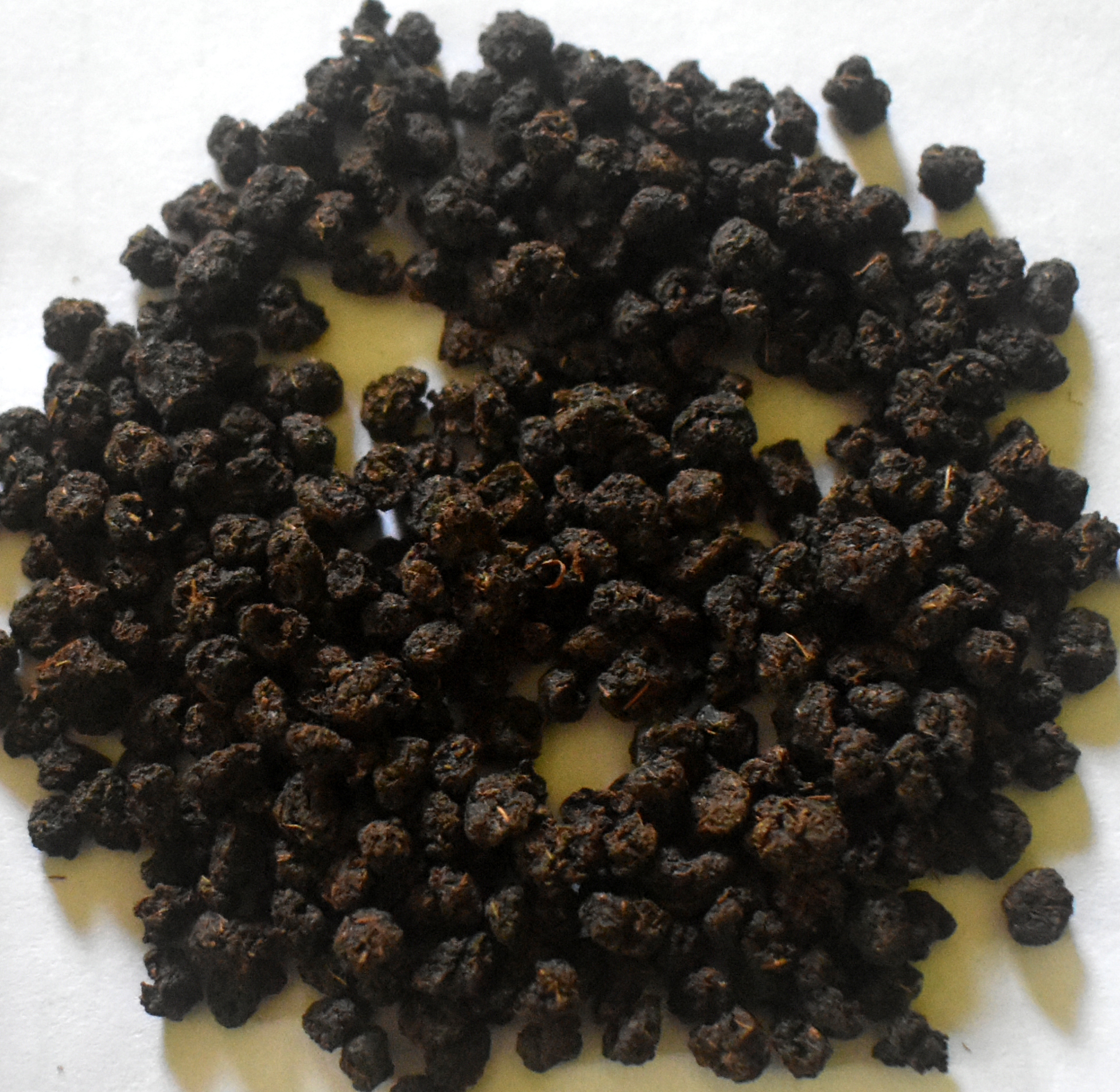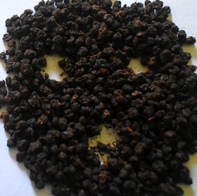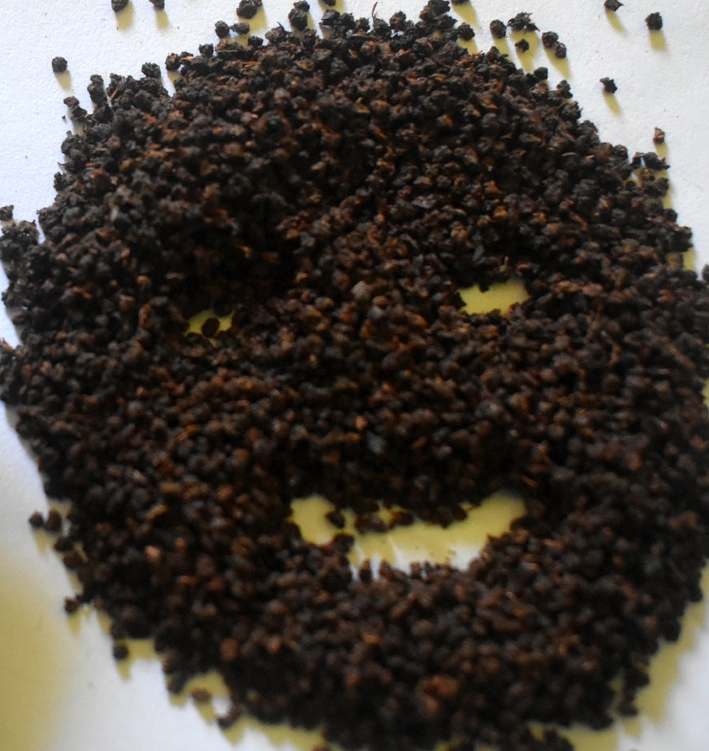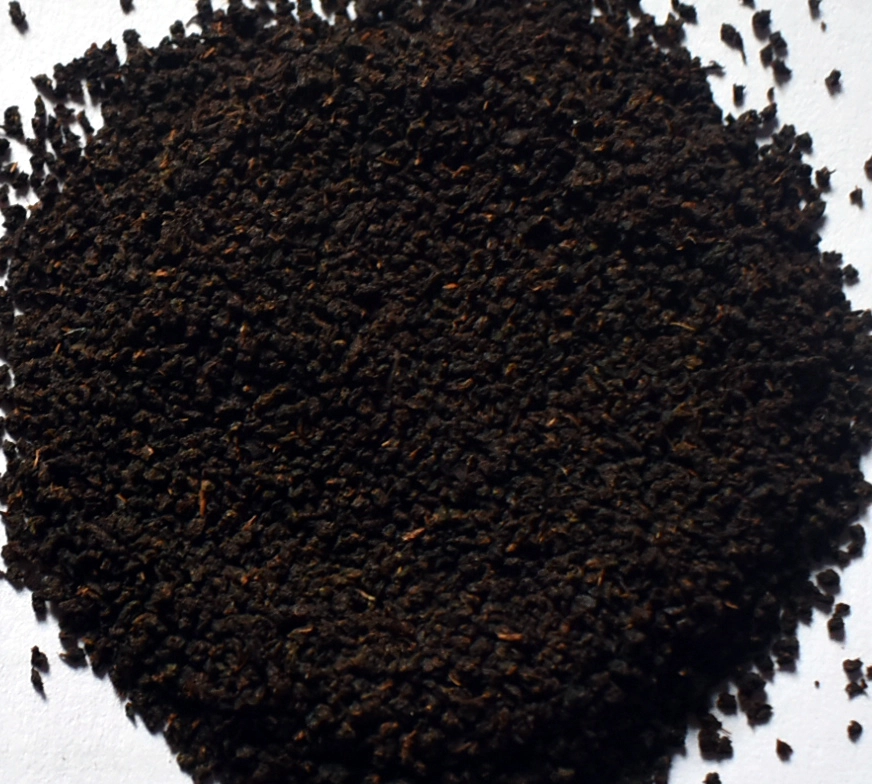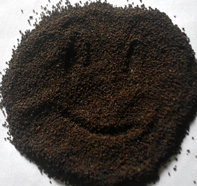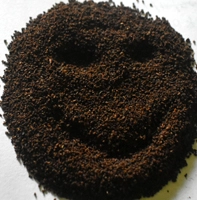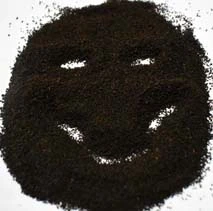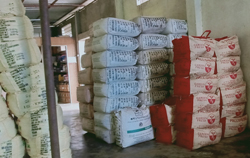Assam tea is full of all good things that you can think of. One of these many good things of Assam tea is that it is being taken by all and at all time of the year and at all time of the day and almost all time of night. This, along with other numerous healthy benefits of Assam tea including low price, it is very easy to market and sale.
You can buy it throughout the year and sell it throughout the year.
But if you want to buy it directly from tea plantation, best time to start buying it from the month of end March.
New tea season for Assam, Dooars and Darjeeling tea starts in the month of March. New fresh leaves start coming up after couple of months of lull period. New eye soothing soft leaf comes out and one can make good tea with those tender leaf.
Then come second flush at june to August. Both Assam, Dooars and Darjeeling, Tripura Tea gardens makes their best tea during this second flush.
Please check
Assam Tea for more information.
After August, quality of Assam, Tripura or Darjeeling Tea start coming down. Strength of liquor and brightness come down. Then you require more quantity, may be one full spoon tea leaf for making a cup of quality tea.
Generally, Assam tea quality remains Best to Better till November. During December it comes down to Good quality. From January onward, it becomes avarage quality and low priced. So best time to buy Assam tea is March to is half of December. But if you want cheap Assam tea for mixing with better quality Assam tea then January to February is the best time.

